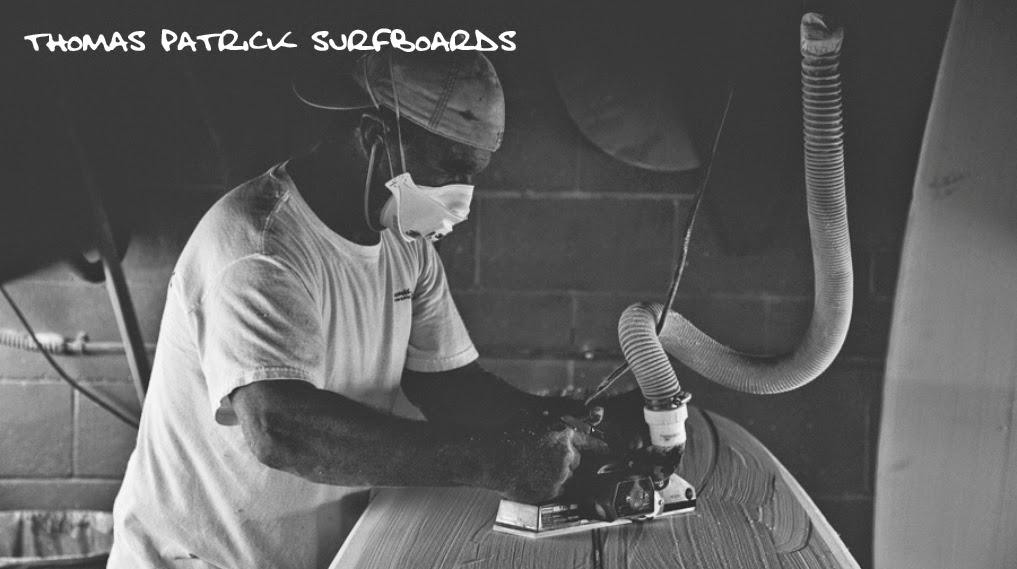Concaves, flats, "V" panels, bevels, etc are all control surfaces added to the bottom of the board to achieve specific effects. Concaves give lift at the cost of some drag, while flat surfaces give speed at the cost of stiffness. Concaves and channels are also used to direct the flow of water across the bottom of the board. When considering bottom contours remember that a surfboard is a collection of compound curves, with convex surfaces morphing into flat or concave surfaces. Or, single concaves blending into double-concaves. The location of these control surfaces relative to the curve of the rail, the curve of the rocker and the location of the rider dictate the performance of the board on a given wave.
Perhaps this interaction is most apparent on a modern longboard (MLB). The tail has bottom rocker that accelerates in the last 24” or so. Applying weight here (at the tail) raises the front 2/3 of the board out of the water making it easier to turn (imagine what happens when you step on a rake). The board can now be swung or pivoted on an axis around the fin. The MLB also has a narrow tail which creates more curve in the outline at the tail. By leaning the board over on its rail a rider can take advantage of this curve-ier shape to shorten the radius of his turn. The “V” panel actually helps in two ways. First it makes it easier to roll the board over on its rail (think here about the difference between standing on a plank with a flat bottom versus standing on a plank with a round bottom) The “V” shaped into the bottom of the tail also increases the rocker curve at the rail. Tilting the board over on its rail allows the rider to take advantage of the increased rail curve made possible by the outline and the increased bottom rocker curve made possible by the “V” panel bottom. Hang on, there’s more…Some shapers will add even more contours to the tail bottom by inserting small concaves on each side of the stringer where the “V” panels are located. These surfaces create “lift” by re-directing the water flow down. The added lift reduces drag yielding acceleration through the turn. Keep in mind that all this happens in the last 24” or so of a 9’ MLB. Once the turn has been completed, the rider must move to another location on the board where the combination of curves and contours optimizes the desired performance, e.g. the mid-section where the bottom is relatively flat rail-to-rail, the rocker has hardly any curve and the rail has a tucked-edge so that water will release easily for maximum speed.

Fantastic explanation on why we do what we do when we do what we do cuz of what has been done!
ReplyDelete